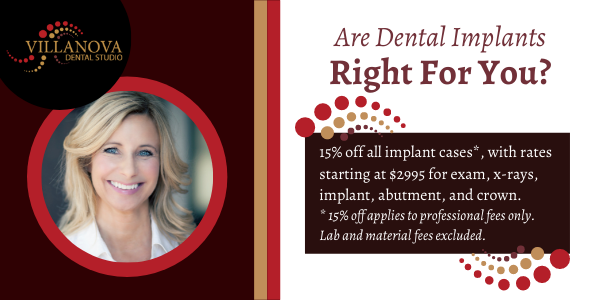Types of Malocclusion

Very few people have naturally straight teeth. Most of us have teeth that are at least somewhat crooked. Many people choose braces as a cosmetic choice or a medical necessity depending on the severity of their malocclusion, or poor bite. When recommending braces, there are a few problems we look for. We recommend treatment plans that will vary from person to person. But what do we look for?
Crooked Teeth
There are a lot of reasons teeth might be crooked. A lot of tooth alignment comes down to genetics. Some people have small jaws that cause crowding. Sometimes bad habits like thumb or finger sucking can push the teeth out of alignment. In many cases, crooked teeth can be harder to clean than straight teeth. Overlapping teeth may even keep you from cleaning parts of some teeth. In extreme cases, the teeth may be so crooked that they can even impair chewing or speaking.
Open Bite
An open bite is a bite where the teeth don’t meet. Sometimes this is a skeletal problem. In other cases, an open bite is caused by thumb sucking. Because the teeth don’t touch, an open bite makes eating and sometimes speaking difficult. The best way to treat this problem is to catch it early. In some cases, early treatment can let the problem correct itself.
Overbite
An overbite is a form of malocclusion in which the top teeth hang over the bottom teeth. This condition can be minor or severe. An extreme overbite can cause difficulty eating, but any amount of overbite needs treatment. When the jaws are out of alignment, the teeth are too, and they can be worn down in unnatural ways. Increased wear can cause more serious problems later on.
Underbite
An underbite is very similar to an overbite, but the lower teeth protrude beyond the upper teeth. Like overbites, underbites can vary in severity. Severe cases can cause trouble eating and speaking. There is also quite a bit of stigma attached to the appearance of underbites. Patients with and underbite may be more likely to develop problems like sleep apnea because of their poor alignment.
TMJ
Believe it or not, a lot of the problems associated with TMJ disorders come down to poor alignment. Many patients are able to treat their TMD effectively and permanently with orthodontics. Even the more peripheral issues of TMJ, like upper back pain and headaches, can all come down to malocclusion. You’ll be amazed what basic orthodontics can do for your quality of life.
Schedule an Appointment
Have you been disregarding your poorly-aligned teeth? They may actually be causing you more problems than you think. If you are interested in orthodontic treatment, consider Villanova Dental Studio in Stittsville, ON. To schedule an appointment, contact us online today.


 1261 Stittsville Main Street, Unit #9
1261 Stittsville Main Street, Unit #9
 1261 Stittsville Main Street
1261 Stittsville Main Street


